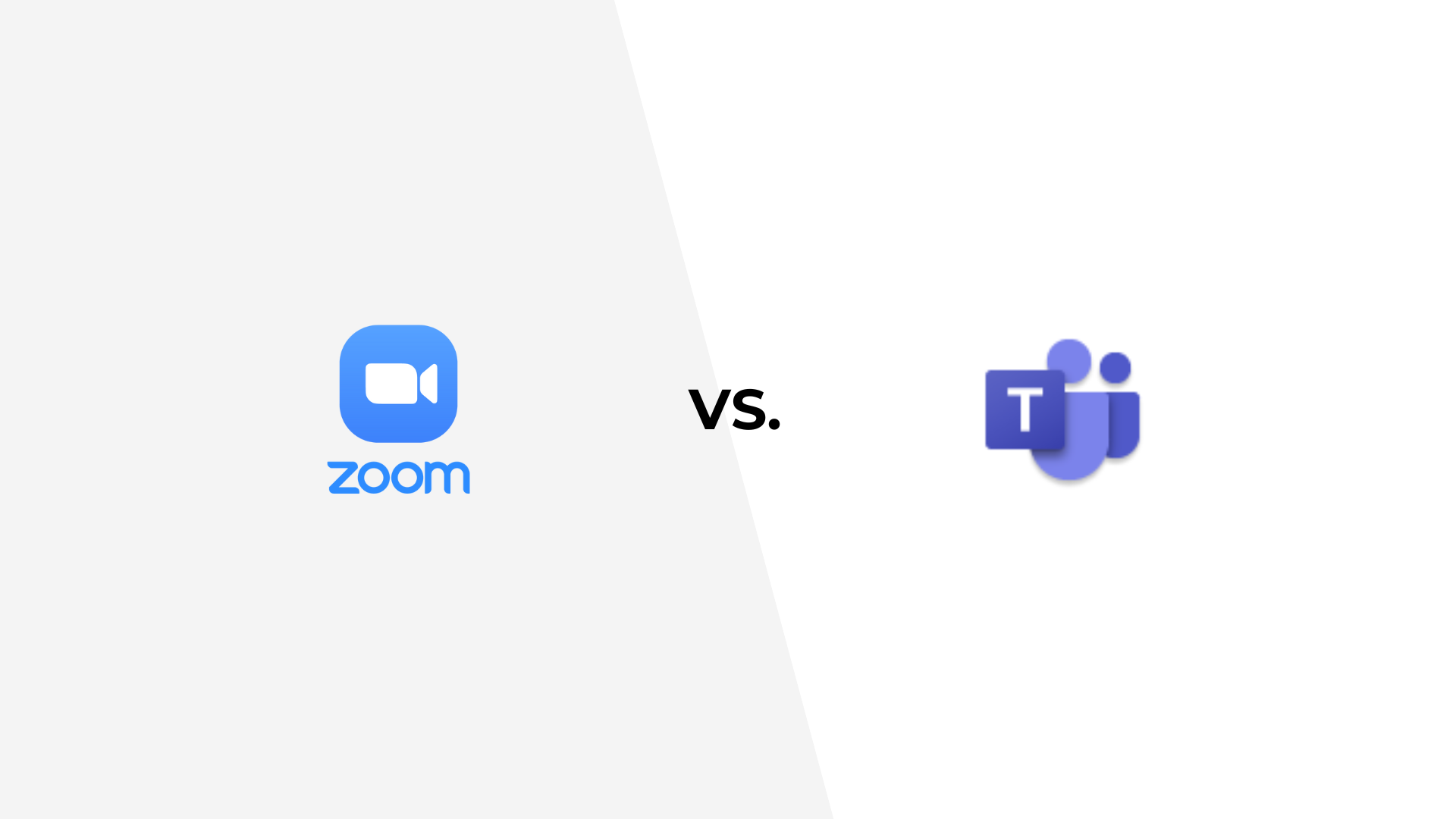In the digital age, where global connections are vital, communication has transcended geographical borders. Virtual collaboration tools like Zoom and Microsoft Teams have become pivotal platforms for enabling seamless interactions among individuals from diverse linguistic backgrounds. Both platforms have introduced interpretation features that open doors to cross-lingual communication. In this blog, We will be comparing and contrasting the interpretation features of Zoom and Microsoft Teams, shedding light on their capabilities, user-friendliness, and the transformative impact they bring to the world of multilingual meetings.
The Essence of Interpretation Features
At the heart of both Zoom and Microsoft Teams lies the shared goal of fostering inclusive and accessible communication. Their interpretation features serve as dynamic tools to bridge language gaps, enabling participants to engage meaningfully in meetings, events, and discussions without facing linguistic barriers.
Zoom’s Interpretation Feature
Zoom’s interpretation feature empowers hosts to designate interpreters who provide real-time translations in multiple languages. This feature is seamlessly integrated into the user interface, allowing participants to choose their preferred language channel for interpretation. It offers a versatile and straightforward solution for virtual meetings and virtual events.
Microsoft Teams’ Interpretation Feature
Microsoft Teams’ interpretation feature follows a similar path, offering participants the ability to choose their preferred language for real-time translations. This user-friendly approach ensures that communication flows smoothly, even in multilingual environments.
User-Friendly Interface and Accessibility
Both Zoom and Microsoft Teams prioritize user experience, integrating interpretation features seamlessly into their platforms. They offer intuitive controls for hosts to manage interpreters and language assignments, ensuring that participants have access to the interpretation of their choice. This accessibility fosters engagement and enhances the overall meeting experience.
Closed Captions
In the pursuit of inclusive communication, both Zoom and MS Teams offer AI-generated closed captioning solutions. Zoom boasts support for an impressive 28 languages, while MS Teams offers a total of 31 distinct languages. These AI-driven closed captions transcend linguistic barriers, enriching the virtual experience for diverse audiences and amplifying the reach of spoken content.
Price
To access the interpretation feature in MS Teams you will need a Microsoft 365 subscription which is the most basic plan is CAD 7.70 + HST per month. To access the interpretation subtitles you must have a Teams Premium account. At a minimum, you need to purchase 25 licenses which come out to approximately CAD 192.50 + HST per month.
To access the interpretation feature in Zoom you need either a Pro, Business, Education, or Enterprise account. The most cost-effective option is the Zoom Pro account which is CAD 21.49 + HST per month. To access the translated subtitles you must have a Zoom One Business Plus or Zoom One Enterprise Plus account, or purchase the Zoom Translated Captions add-on. For individual users, this would mean having a Zoom Pro account + Zoom Translated Captions add-on, which costs $6.30 + HST, is the most cost-effective plan for obtaining the translated captions feature.
Zoom and Microsoft Teams stand at the forefront of the multilingual interpretation revolution, transforming virtual collaboration into a global phenomenon. As technology advances and communication becomes more intertwined, these platforms play a pivotal role in shaping a future where understanding transcends language barriers. Whether through Zoom’s user-friendly interface or Microsoft Teams’ versatility, the shared goal remains: to unite the world through accessible and inclusive communication. The choice between the two lies in aligning with your unique needs, ultimately forging a path toward a more interconnected and unified global community.






Subscribe To Our Newsletter
Join our mailing list to receive the latest news and updates from our team.
You have Successfully Subscribed!